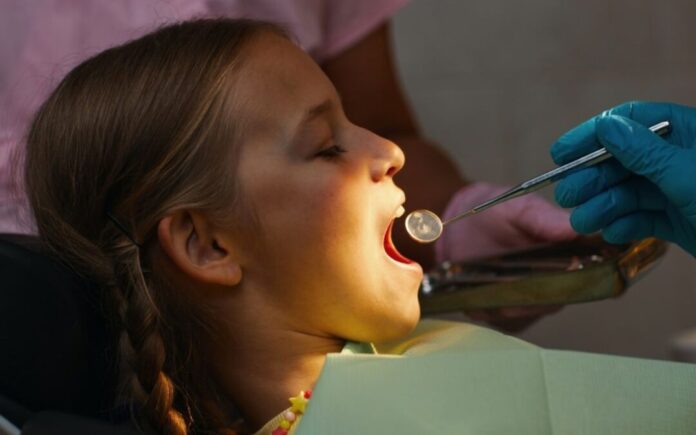Cosmetic bonding, a simple yet remarkably effective technique, offers a quick and efficient solution for repairing minor chips and cracks in various materials. From chipped porcelain figurines to cracked ceramic tiles, this method provides a surprisingly seamless and aesthetically pleasing fix, often avoiding the need for more complex and costly repairs. The process relies on the principles of adhesion, utilizing special bonding agents to create a strong and durable union between broken fragments. This “art” lies in the careful preparation and application of the adhesive, ensuring a virtually invisible mend.
Understanding the Bonding Process: Preparation is Key
The success of cosmetic bonding hinges on meticulous preparation. Before applying any adhesive, the surfaces to be bonded must be thoroughly cleaned. This typically involves removing any loose debris, dust, or grease using a soft brush, compressed air, or a mild solvent, depending on the material’s properties. Roughening the surfaces slightly, using fine sandpaper or a specialized etching tool, increases the surface area for the adhesive to grip, significantly enhancing the bond’s strength. This crucial step ensures optimal adhesion and prevents the repair from failing prematurely. Proper cleaning and surface preparation are the foundations of a successful and lasting bond.
Choosing the Right Adhesive: A Crucial Decision
Selecting the appropriate adhesive is paramount for achieving a strong and invisible repair by the cosmetic dentist. The choice depends on the material being bonded and the specific application. Cyanoacrylate (super glue) is a popular choice for its rapid curing time and strong bond, particularly effective with smaller repairs on non-porous materials like ceramics and plastics. Epoxy resins offer greater strength and durability, ideal for larger repairs or materials subjected to stress. For porous materials like stone or wood, specialized adhesives designed for these specific materials are recommended to ensure proper penetration and adhesion.
Application Techniques: Achieving a Seamless Finish
Applying the adhesive requires a delicate touch. For smaller repairs, a tiny amount of adhesive is often sufficient, applied sparingly to avoid excessive seepage or overflow. Excess adhesive should be carefully removed immediately before it cures, using a clean, damp cloth or cotton swab. For larger repairs, it’s crucial to ensure proper alignment and support while the adhesive cures. Clamping or weighting the bonded pieces can help maintain alignment and prevent shifting during the curing process. Once the adhesive has fully cured, any remaining residue can be carefully removed, and the repair area can be lightly sanded and polished for a seamless, almost imperceptible finish.
Beyond the Repair: Maintaining the Bond’s Integrity
After the repair is complete, it’s essential to understand the limitations of cosmetic bonding. While extremely effective for minor repairs, it’s not a replacement for structural repairs or for heavily damaged items. Avoid subjecting the repaired item to excessive stress or impact, particularly in the area of the repair. Proper care and handling will help prolong the lifespan of the repair, ensuring the cosmetic bonding solution continues to deliver a lasting and aesthetically pleasing result. Regular inspection of the repair is also advisable, especially in high-stress environments, to identify any potential issues early on.









